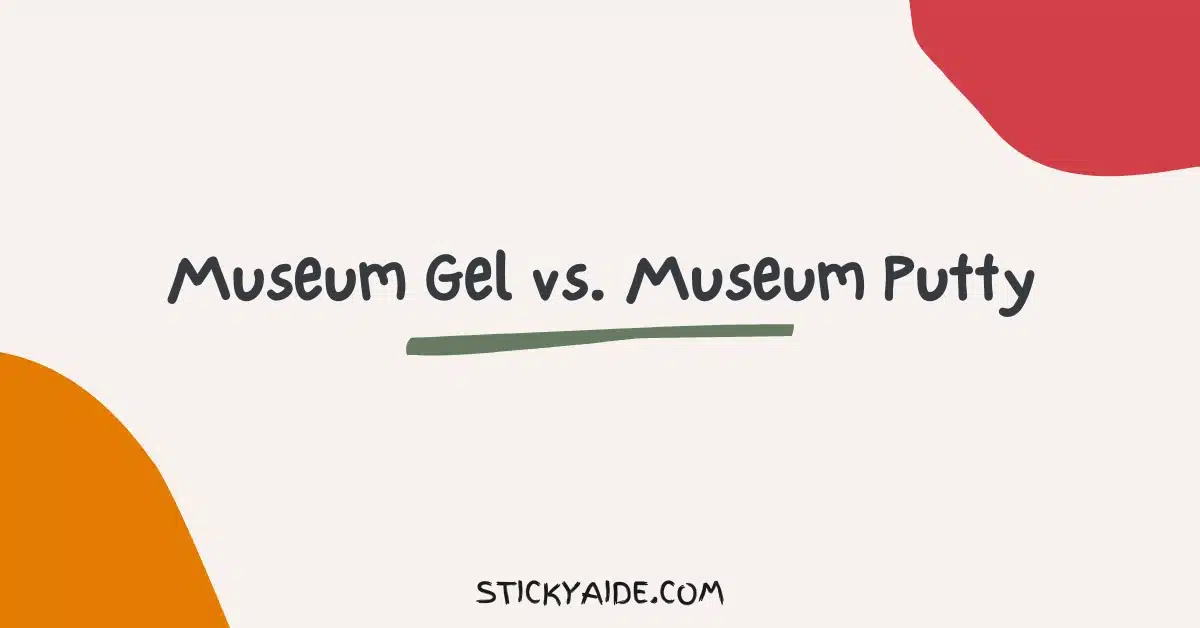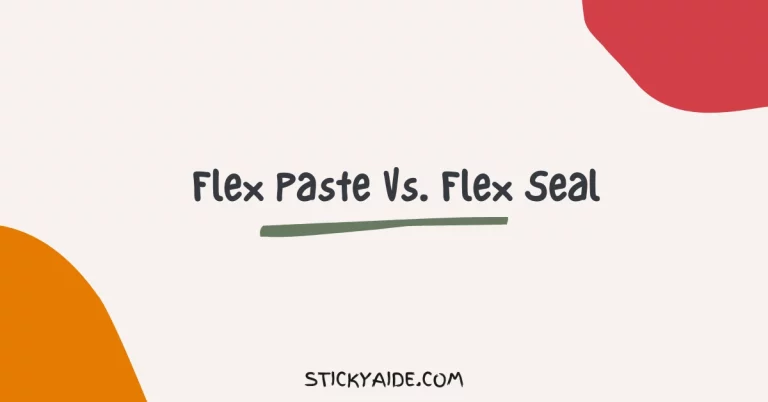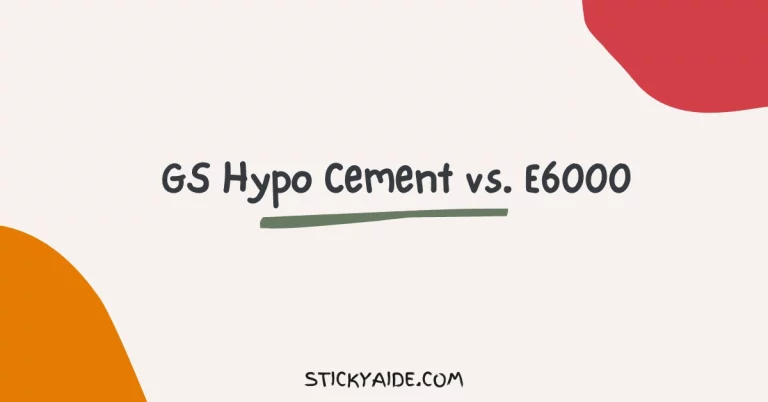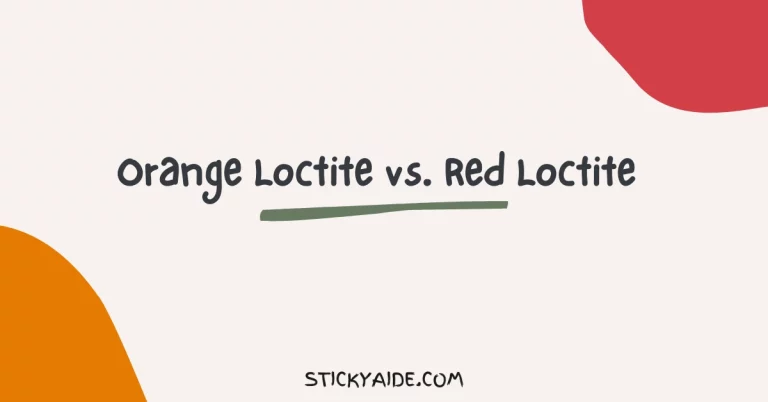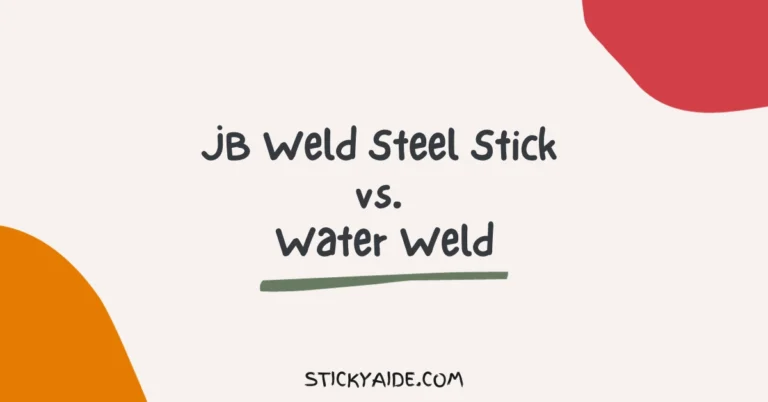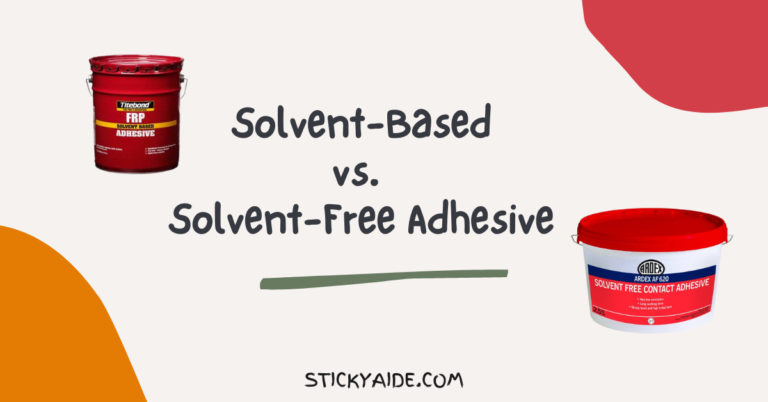Museum gel and museum putty are both adhesives to secure things to the surface. However, when it comes to picking one, you might get confused as they both have different consistencies, colors, and properties.
To help you in such situations, I have discussed Museum Gel vs. Museum Putty in great detail so that you know how these two exactly differ.
These comparisons will help you to pick the right one for you!
Read More: Museum Putty vs. Museum Wax
Museum Gel vs. Museum Putty
What Is Museum Gel?
Museum Gel, also known as earthquake gel, is a clear and more viscous adhesive that comes in a gel-like consistency. Made from thixotropic (a plastic liquid), this adhesive is used to hold small and medium-sized objects in place.
Even though it has a “museum” in its name, this gel glue is also widely used in galleries and homes to prevent artifacts, collectibles, or valuables from falling down and breaking into pieces.
Another interesting thing about this gel is that it is non-toxic and safe. You wouldn’t have to think about safety while using this product.
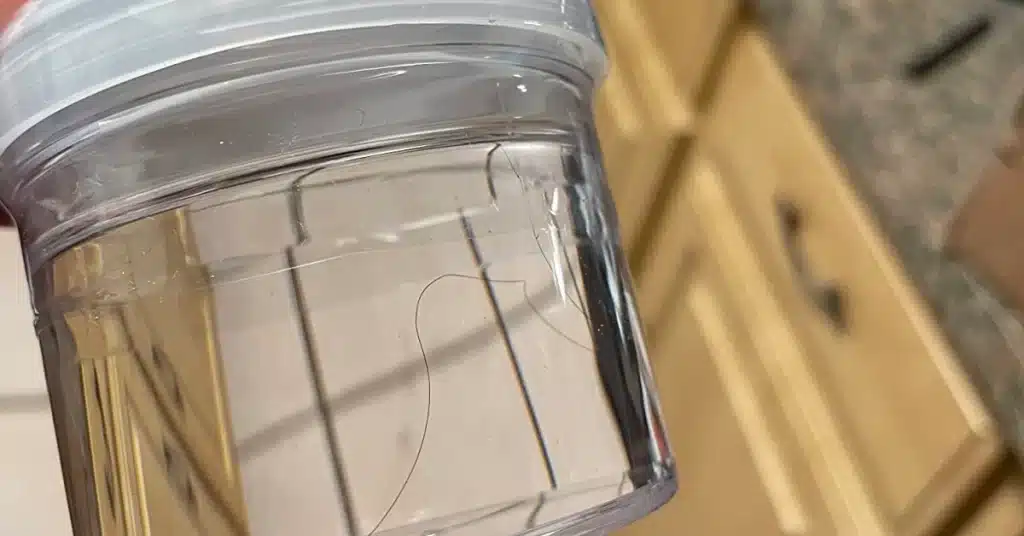
What Is Museum Putty?
Museum putty is also a strong adhesive that is used by museum professionals and antique dealers to keep things securely in place. It can hold lightweight objects securely and reduces the risk of damage or accidents
As it is has a putty consistency and made from a latex-type material, it can be easily molded into any shape for your convenience.
Read More: White Tack vs. Blu Tack
A Comparison Table
Go through the comparison table to get a glance at all the differences between museum gel and museum putty. It will help you to understand better.
| Properties | Museum Gel | Museum Putty |
| Item Form | Gel | Soft, Moldable Putty |
| Made From | Thixotropic | Latex-type Material |
| Compatible Material | Glass, Crystal, Porcelain, Formica, Tile, Polished Granite, Wood | Porcelain, Plates, Statues, Vases, Pottery, Figurines, Antiques, and Collectibles |
| Holding Strength | Best for medium-sized objects | Best for securing lightweight objects |
| Residue | No | It may leave a slight residue |
| Color | Clear | Usually White |
| Heat Resistance | Sensitive to high temperatures | Heat Resistant |
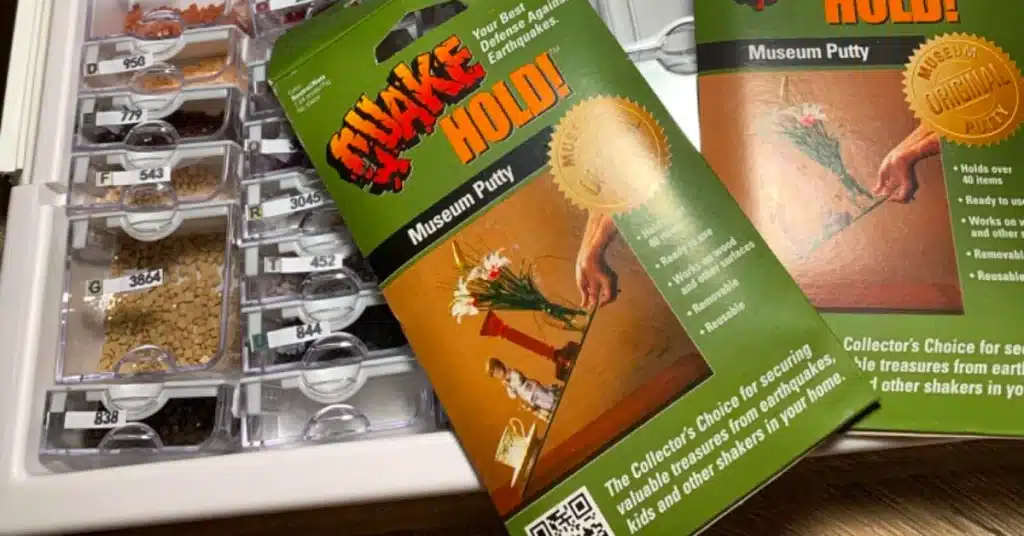
Read More: Nori Paste vs. Yes Paste
Difference Between Museum Gel and Museum Putty
Now that you know the differences, let me discuss Museum Gel vs. Museum Putty in detail to explain more.
Made From
Because both the museum gel and museum putty are of different consistencies, they are made from different types of materials with different compositions to achieve their distinctive form.
For starters, Museum Gel is made from a plastic liquid known as thixotropic. It is more like a solid thin film and gives the adhesive its unique gel-like texture.
On the other hand, museum putty is made from a combination of latex-type materials to give it a soft and moldable consistency.
Even though it is a bit tacky, putty provides an incredible hold.
Compatible Material
Although both the museum gel and museum putty are adhesives, they both have different consistencies and hence, are suitable for different types of materials.
For instance, museum gel works great on glass, crystals, porcelain, Formica, tiles, and wood surface. It can secure medium-sized objects in place perfectly.
However, because of its properties, museum putty is suitable for holding smaller and lightweight items on surfaces made from ceramics, porcelains, and laminates.
Heat Resistance
Heat resistance is another aspect that draws differences between the museum gel and museum putty.
While the gel can’t resist high temperatures, museum putty is heat resistant and doesn’t get damaged in high heat.
Lats Opinion
While discussing Museum Gel vs. Museum Putty, it is pretty much evident that, even though they both are adhesives, they work differently and on different surfaces too.
And as they have different characteristics, choose which one you need wisely. Otherwise there are chance that you might end up buying the wrong one for your needs.

